A balanced diet of any dog is the key to its normal growth, development and long life. Often the owners of these animals wonder if it is possible to feed their pets porridge, because it is a source of vitamins and fiber. But what types of cereals can be used, not everyone knows.
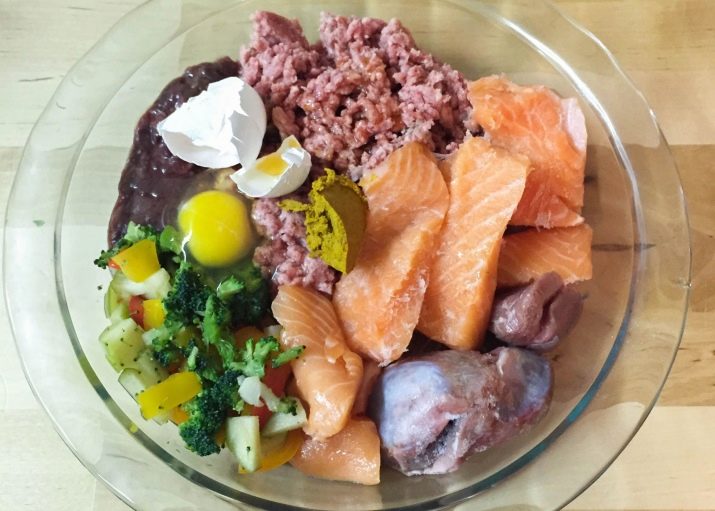
Healthy cereals
Today, professional breeders and veterinarians say that various cereals can and should even be included in the diet of dogs of all breeds in some situations.
But at the same time, it is worth abandoning instant products, since animals will not receive any substantial benefit from their use.
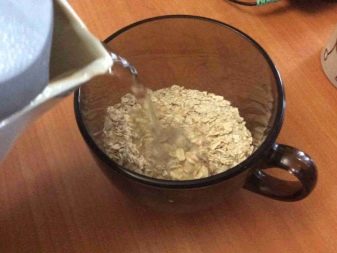
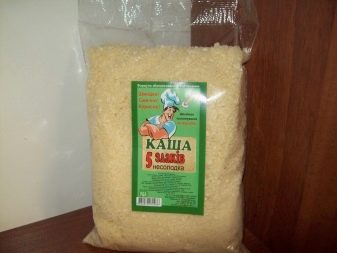
The main thing is to follow some key rules.
- Before introducing cereals into the diet, you must consult a veterinarian. The specialist will evaluate the dog’s health status, establish the necessary daily dosage of porridge, its type and size of grinding. The fact is that for nutrition of small, medium and large breeds, these indicators can vary significantly.
- If the pet has any chronic diseases or allergies to certain products (and this is also common), then the doctor must be informed about them in advance.
- It is strictly forbidden to independently exceed the daily or weekly dosage of porridge, as well as change its appearance. This can trigger a dog’s health problems.
Unfortunately, some breeders believe that they can give any kind of porridge to their pets daily or feed the dog just one kind of cereal. This is not true.

In these cases, the pets will not receive all the necessary substances and minerals, which will negatively affect his health and well-being.
Today, veterinarians allow the inclusion of such types of cereals in the diet of dogs of various breeds and sizes.
- Wheat is the most popular. Such croup is inexpensive, dogs eat it with great appetite and pleasure. It not only helps to fill the deficiency of iodine, magnesium and zinc in the body, but also saturates it with vitamins B, C, D, A. Moreover, porridge contains a high percentage of starch. Wheat groats are suitable for feeding exclusively active dogs, large and medium breeds. In other animals, it can become the main cause of apathy, increased drowsiness, and weight gain. Barley groats can have the same effect on the canine organism. At the same time, it additionally contains such useful substances as fluorine, chromium and silicon.
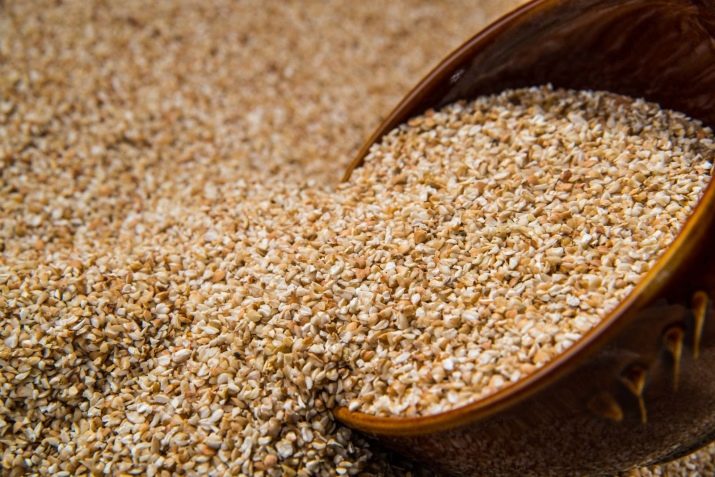
- Buckwheat - This is not only the most useful cereal for a person, but also for his pets. Even after cooking, a sufficient amount of minerals and vitamins remains in the cereal. The inclusion of such porridge in the diet allows you to normalize the intestines of animals, improve heart function, strengthen muscles and saturate the body with calcium and fluoride. A big plus is that this cereal is suitable for feeding both large and small breeds of dogs.
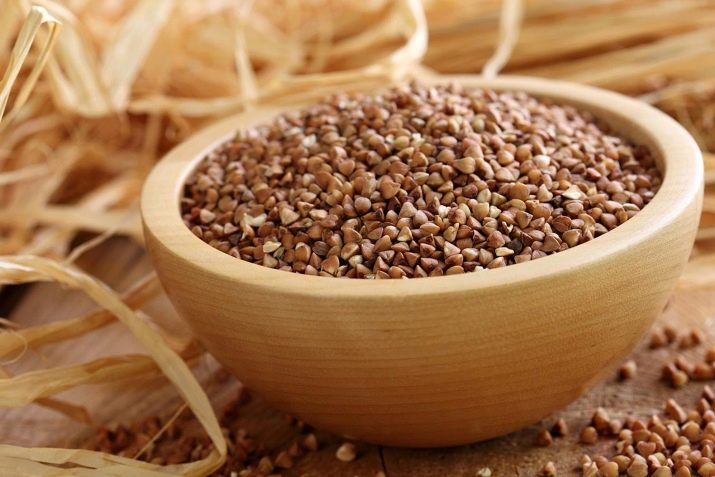
- Cereal oatmeal or whole cereal It is an excellent source of magnesium, calcium and many vitamins. It quickly causes a feeling of satiety, improves intestinal motility. Croup should be carefully boiled and included in the diet of dogs no more than 3 times a week. You should know and remember that oatmeal is strictly contraindicated in animals suffering from urolithiasis - it can provoke an attack or worsen the general well-being of the pet.
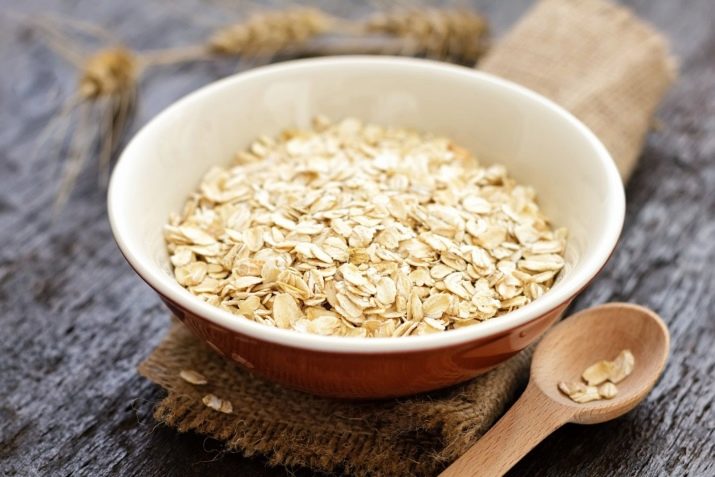
- Fig. Veterinarians recommend using only unpolished look for cooking porridge. In this case, it will more actively cleanse the body of toxins and toxins, and at the same time it will saturate it with magnesium, calcium, vitamins B and E.
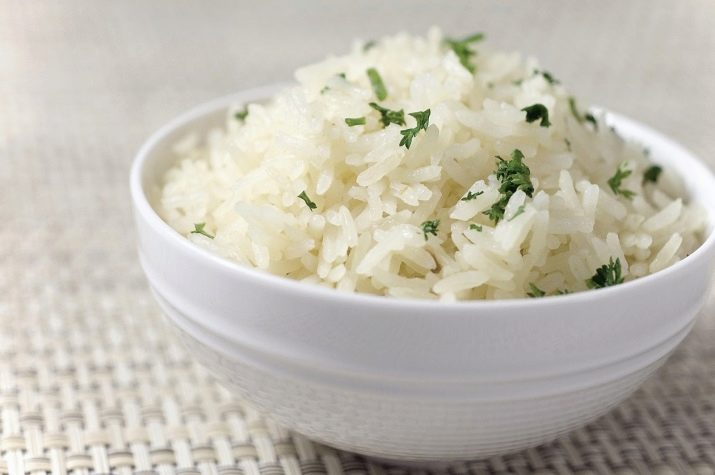
But it is important to remember that in some situations, any type of cereal may be prohibited from inclusion in the diet. Therefore, it is better not to risk the health of the dog and consult a doctor first.
What can not be fed?
But in addition to the list of cereals allowed for dogs, there are also prohibited - allergenic. They can not only harm the health of the animal, but simply can’t be assimilated in its body, that is, they will not have any positive result.
- Semolina - it’s just carbohydrates that are absorbed very quickly in the animal’s body, but they do not bring any benefits. In exceptional cases, this porridge can be included in the diet of premature and weak puppies, but only until they reach 2 months of age.
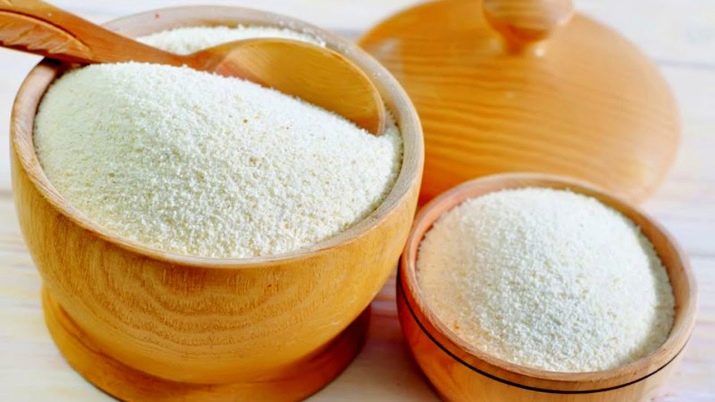
- Perlovka should also not be included in the diet, especially those dogs that have a weak digestive tract and are prone to food allergies. If the owner of the dog wants to enrich the dog’s menu with this porridge, then you must first obtain the permission of the veterinarian.
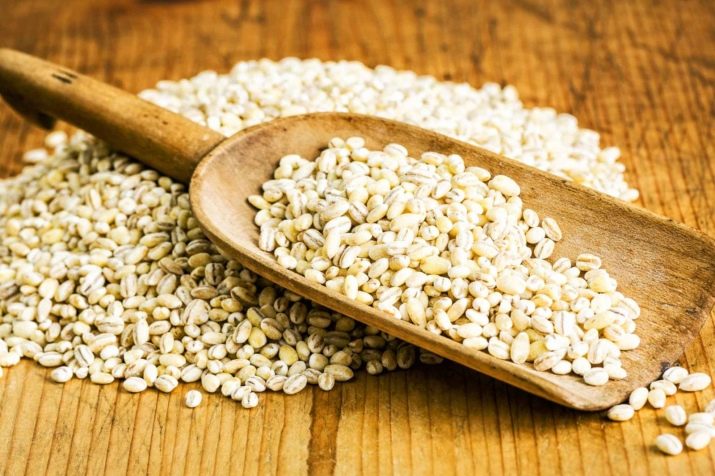
- Millet porridge Do not give any dog breeds. This is practically not digested and often causes intestinal inversion in animals. Also, the content of any useful substances in millet is almost zero.

- Corn porridge also should be removed from the dogs menu. When cooked, it contains neither vitamins nor minerals. The intestines of animals are not able to fully digest it, often this croup is the culprit in the problems in its work.
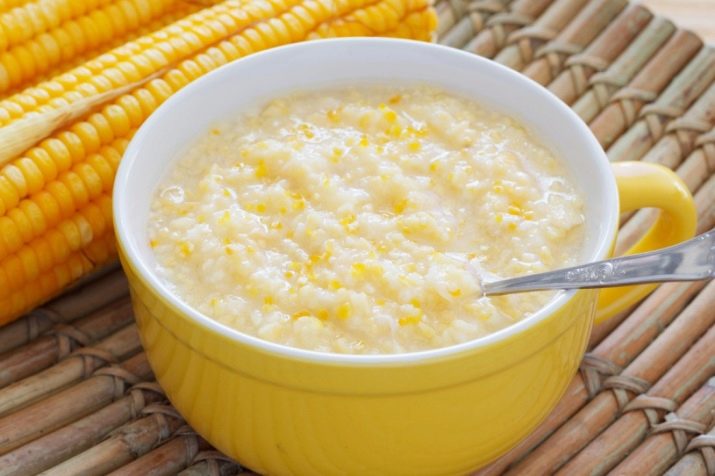
Remember that even allowed, but too cheap cereals raise doubts about their quality. Therefore, it is better to abstain from their purchase and further use.
Diet
If the dog initially eats natural food, that is, cooked with his own hands, then in addition to cereals, such products should also be included in its menu.
- Dairy products should make up an approximate fifth of the total menu volume. Here you can use fermented baked milk, cottage cheese, kefir, natural yogurt, varenets.
- Offal, fish and meat. These foods should occupy up to half of the total diet. Depending on the breed, age and size of the dogs, they are given both raw and boiled.
- Vegetables can occupy from 5 to 20% of the total daily nutrition of the dog. They are given both raw and boiled.
The rest of the menu, and this is about 20-25%, should be cereals. A special mixture is prepared from them for feeding the animal.
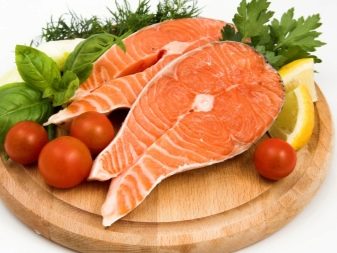
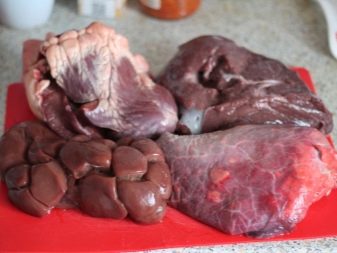
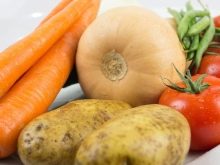

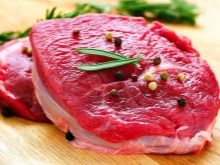
Its composition varies depending on the age and health of the dog.
For puppies
Rice and buckwheat are initially introduced into the diet of small, recently born dogs. Only if the babies are premature, they are fed with semolina porridge. But she is removed from the menu as soon as the puppy begins to gain weight according to his age.
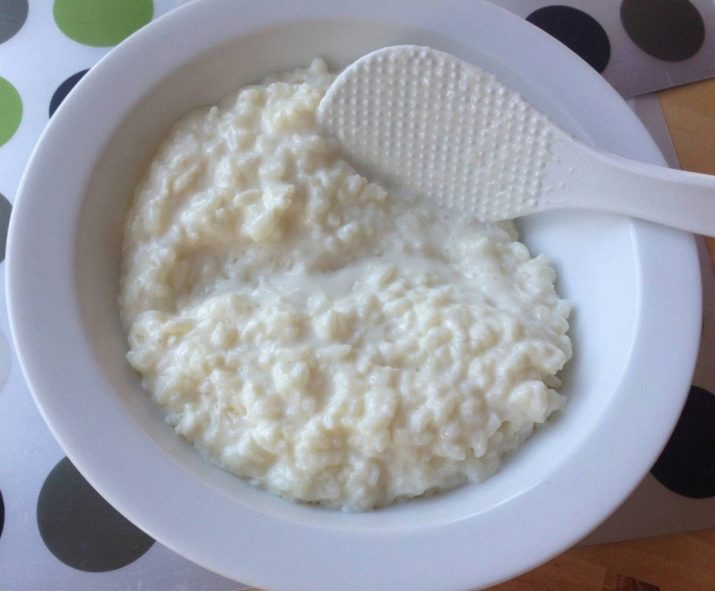
Cereals are boiled in milk - so they become more high-calorie and supply the dog with the necessary calories.
When the puppy is 4-6 months old, cereals begin to cook on water. Sometimes, according to the recommendations of the veterinarian, they are cooked with pieces of meat or offal. Once a week, you can give boiled fish. As soon as the puppy reaches the age of 1 year, he is completely transferred to the diet of adult dogs. Vegetables are given in boiled form, as well as 1-3 times in raw.
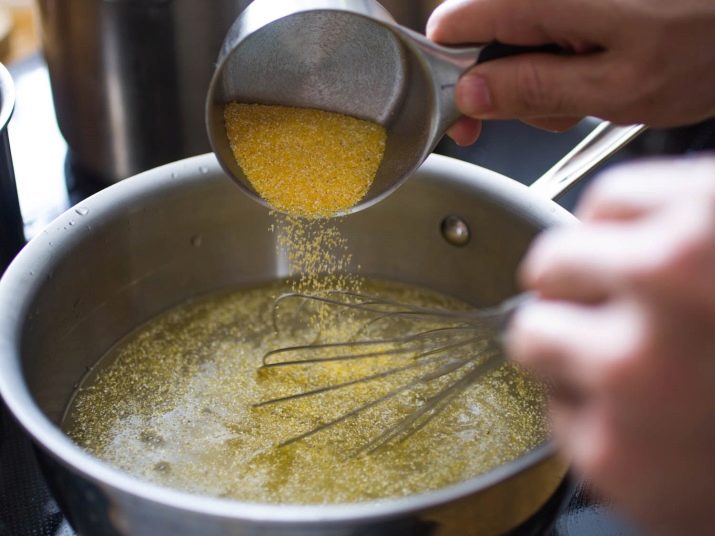
For adult dogs
When the dog reaches 12 months of age, its diet is enriched with dairy products, and also increase the proportion of vegetables and meat in it. If the animal grows and develops quite normally, then the menu is left that way for many years.
The only thing that experts advise is to change cereals 2-3 times a week and cook them with different additives. This will make the menu not only varied, but also truly full.


During pregnancy and lactation
Bearing offspring is a heavy burden on the animal’s body. Therefore, it is important to increase the calorie content and nutritional value of the menu and make it as useful and natural as possible.
It is important that dogs have clean water freely available, and their menu includes fresh vegetables, herbs and sometimes fruits.

Of the cereals, buckwheat, oatmeal and rice cooked in milk are preferred. A couple of times a week on the menu include fermented milk products. From meat, they prefer beef, rabbit meat, as well as offal, especially the liver. They are given both fresh and cooked. As soon as the dog’s lactation stops, it is gradually transferred to the diet that it had before its pregnancy.
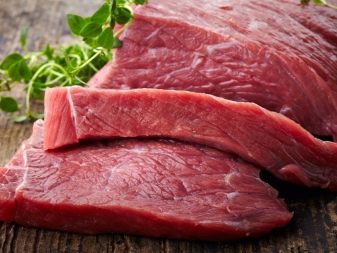
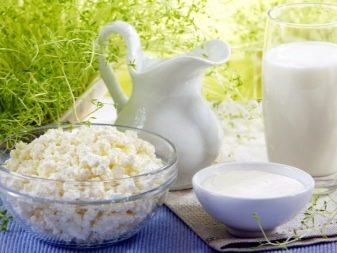
For older animals
Dogs over the age of 8 years need a more sparing diet, but at the same time it should be as balanced as possible. The body of older animals already poorly assimilates fats and excess carbohydrates. Therefore, the basis of their menu should be lean meat, boiled vegetables, dairy products. Cereals can be given no more than 1 time per week, while in dogs older than 12 years they should be completely excluded from the menu. The allowed cereals are buckwheat and oatmeal.
Only exact observance of the recommended dosage of nutrition for dogs of different ages will ensure the intake of all necessary substances and vitamins in the dog's body.
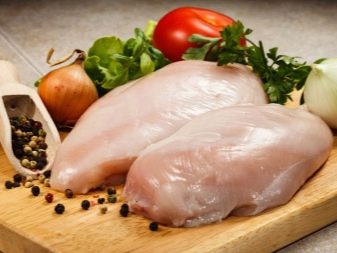
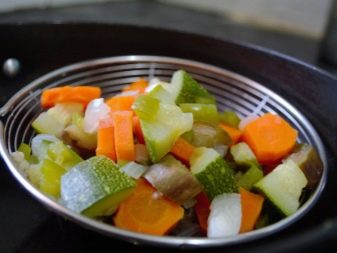
Such animals will be strong, healthy and active, which means that for many years they will delight their owners.
General rules for making porridge
Many people think that cooking cereals for a dog is very simple. In fact, here too there are subtleties and nuances that should be observed.
- Cook porridge should be in a thick-walled bowl and with a slight boil.
- For adults, only water is prepared. The exception is pregnant and lactating bitches, as well as premature puppies.
- The proportions of water and cereals are 2: 1. Cooking time from 15 to 30 minutes, depending on the type of porridge.
When cooking animal porridge, it is important to remember that cereal acts only as an addition to the diet, so its volume cannot be more than 30%.
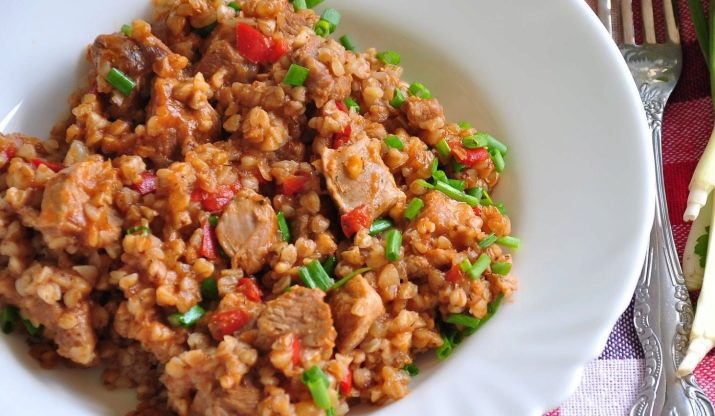
The rest of the mass should be occupied by vegetables and finely ground meat.
They are put in a container with cereals for 10-15 minutes before the end of cooking, but you can put it already in the finished porridge.
Recipes
In order to clearly see exactly how the approximate menu of the dog should look, we offer a selection of several porridge recipes for these animals. Such dishes will help diversify the pet’s diet and make it tasty and healthy.

Buckwheat fish porridge
For cooking, choose sea fish and boil it in water until fully cooked. Then removed from the broth and freed from bones. Groats are put in the broth and cooked for 20 minutes, then boiled fish fillet and fresh pumpkin pulp are placed in a container.
Boil everything together for 3 minutes and leave to cool.
For cooking, you will need 300 g of raw fish, 6 glasses of broth, 3 glasses of cereal and 20 g of pumpkin.

Multizlak "Health"
All types of permitted cereals are used here; if necessary, one of the types is fashionable to exclude. Boil in water until tender, and 2 minutes before removing from the stove put raw minced meat or bone residue. Its volume should be approximately 60% of the volume of cooked cereals. Season the mixture with powdered milk diluted in plain water. All are thoroughly mixed and placed in a sealed container in the oven with minimal heating for 100 minutes.
This porridge is ideal for weakened after illness animals, nursing bitches, as well as for dogs in the winter.
If desired, you can add a little grated carrots or zucchini in raw form to a fully prepared mash.
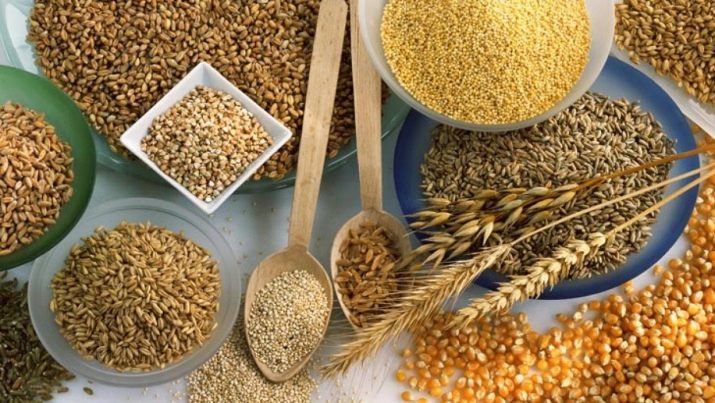
Rice and chicken porridge
Ideal for puppies, nursing or pregnant dogs. Boil cereals and meat in different containers until fully cooked. Then they are mixed, seasoned with vegetable oil and put carrots measured on a grater. If pure fillet is used, then it can be cooked together with rice in one container. It is important to remember that even boiled chicken bones are not allowed in the dog's diet. Therefore, the meat must be removed from the seeds.
By analogy with these recipes, each breeder can create his own - replace the bird with meat or offal, carrots for beets, zucchini for cabbage.
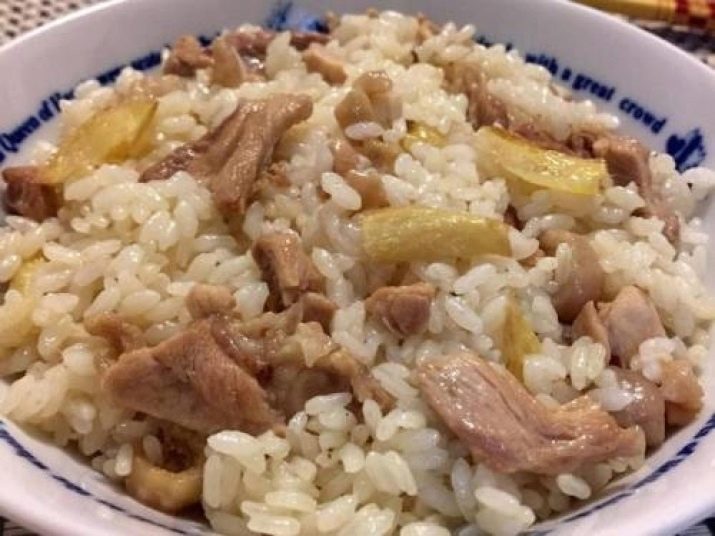
And in the end, each time a new, tasty and healthy porridge for the animal will be obtained. And finally, a few words about adding salt to porridge. There is no official strict ban on its use and inclusion in the diet of dogs. Therefore, in small quantities, salt can be added to an already prepared porridge. But if the animal has kidney problems, then its use should be abstained. And it is best to consult a veterinarian on this matter.
See why the dog needs porridge.








































